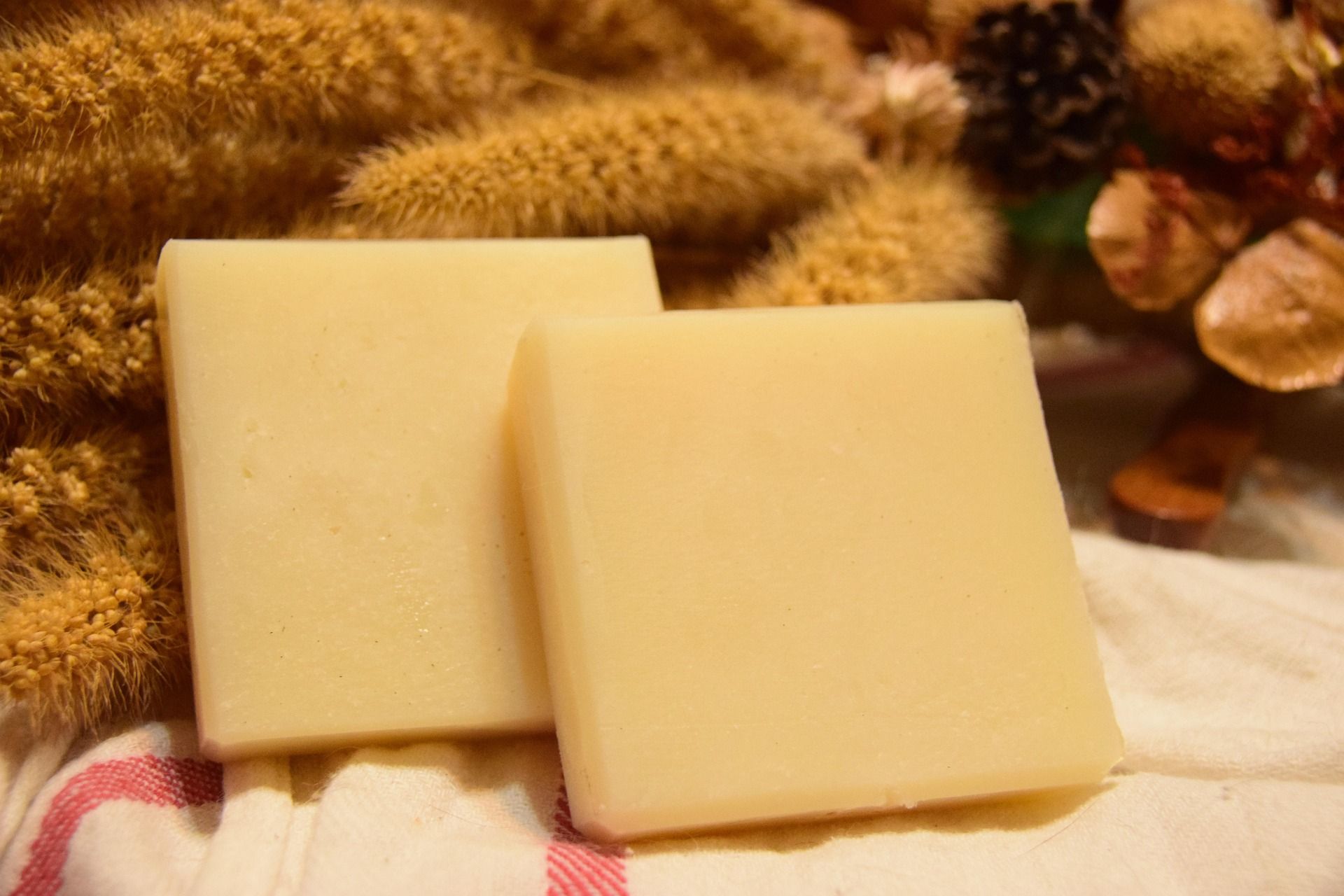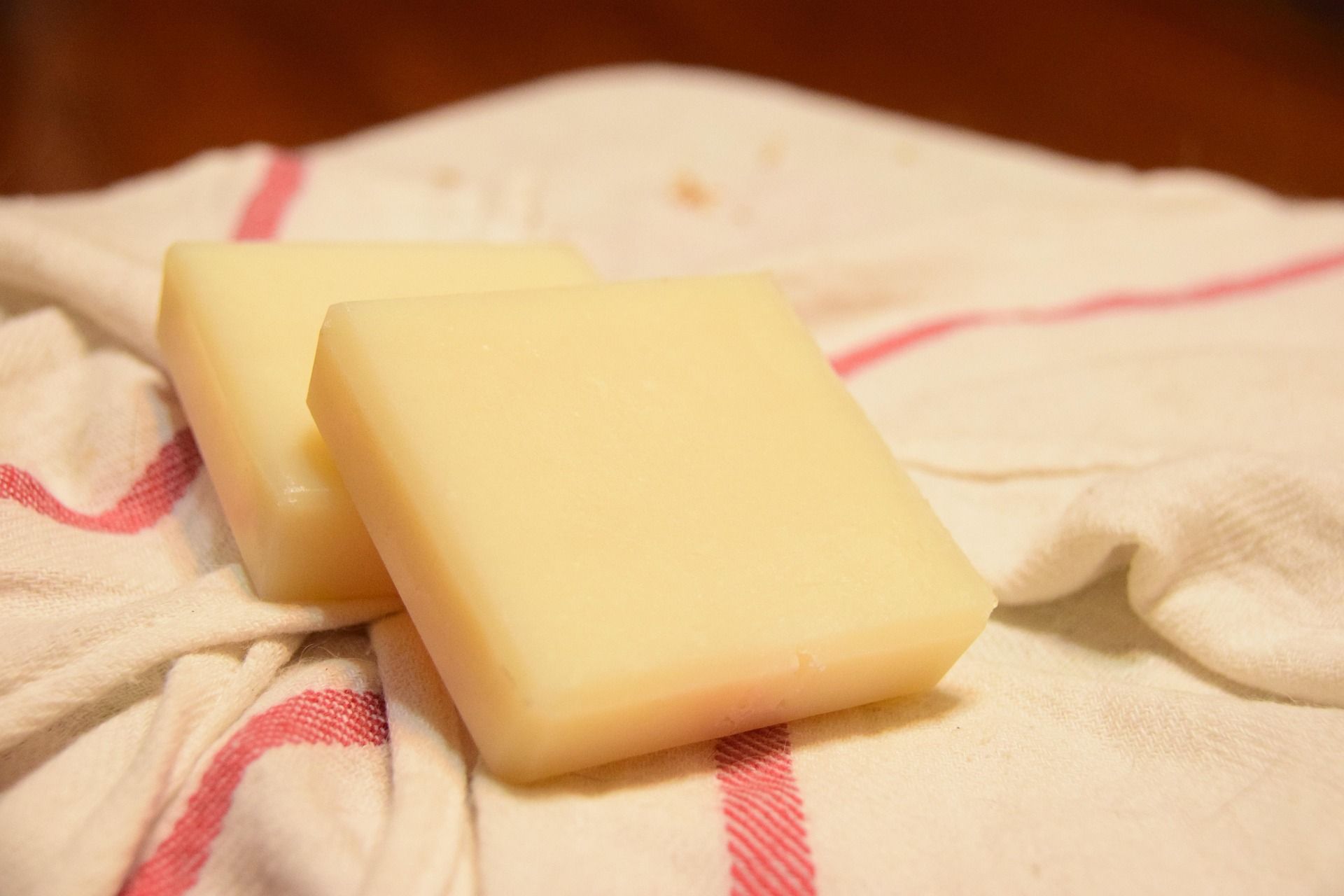In the world of natural skincare, Goat Milk Soap is no secret; it is highly regarded for its gentle, moisturizing properties, making it especially suitable for sensitive and dry skin.
If you are curious about the benefits of goat's milk soap, want to know how do you make soap from goat's milk, or are looking to try the classic goat milk and honey soap, this guide will take you deep into the wonders of this amazing goat milk bar soap.
I. 💧 Benefits of Goat's Milk Soap: What It Does for Your Skin
Choosing a goat milk bar soap for your daily cleansing routine brings multiple advantages to your skin:
Excellent Moisturizer: Goat milk is rich in fat molecules, especially natural glycerin. These components form a protective barrier during cleansing, effectively locking in moisture—key to resolving dry skin issues.
Gentle Exfoliation: Goat milk naturally contains Lactic Acid, a gentle AHA (Alpha Hydroxy Acid). This gently removes dead skin cells, brightens the complexion, and avoids the irritation of chemical exfoliants.
Rich in Vitamins: Goat milk is packed with vitamins A, B-complex, and E, which are crucial for repairing damaged skin tissue and maintaining a healthy skin state.
Soothes Sensitivity and Eczema: Due to its pH level being close to human skin, goat milk bar soap possesses natural anti-inflammatory properties, effectively soothing itching and redness caused by conditions like eczema and psoriasis.
II. 🍯 The Luxurious Combo: Advanced Healing with Goat Milk and Honey Soap
Among the many goat milk bar soaps, goat milk and honey soap is one of the most popular combinations. The addition of honey elevates the benefits of goat's milk soap to a new level:
Double Hydration: Honey is a natural, highly effective humectant, capable of drawing moisture from the air. When combined with the fat molecules in goat milk, the moisturizing effect is doubled, making goat milk and honey soap an ideal choice for the dry winter months.
Natural Antibacterial: Honey has natural antibacterial and anti-inflammatory properties, helping to calm breakouts and skin inflammation.
III. 🧑🔬 How Do You Make Soap from Goat's Milk? A Brief Overview
Many people wonder how do you make soap from goat's milk. While the process is similar to making standard cold process soap, adding goat milk requires specific techniques:
Freeze the Milk: This is the most critical step. To prevent the lye (caustic soda) from scorching the sugars and proteins in the goat milk due to high heat during dissolution, the goat milk must first be frozen into ice cubes.
Slow Mixing: The lye must be added in small, incremental amounts to the frozen goat milk ice cubes while constantly stirring and keeping the temperature low until the lye is fully dissolved.
Saponification: Like making traditional cold process soap, the lye solution is mixed with carrier oils (like olive oil, coconut oil) and stirred to the "trace" state. At this point, if making goat milk and honey soap, honey and essential oils can be added.
Pour and Cure: Pour into molds, and after a curing period of 4-6 weeks, a gentle and moisturizing goat milk bar soap is ready to use.
Choosing goat milk bar soap, whether a classic pure goat milk formula or the luxurious goat milk and honey soap, is the gentlest form of care for sensitive and dry skin.
Would you like me to search for reviews of popular Goat Milk and Honey Soap brands, or provide a beginner's recipe for making goat milk soap?


